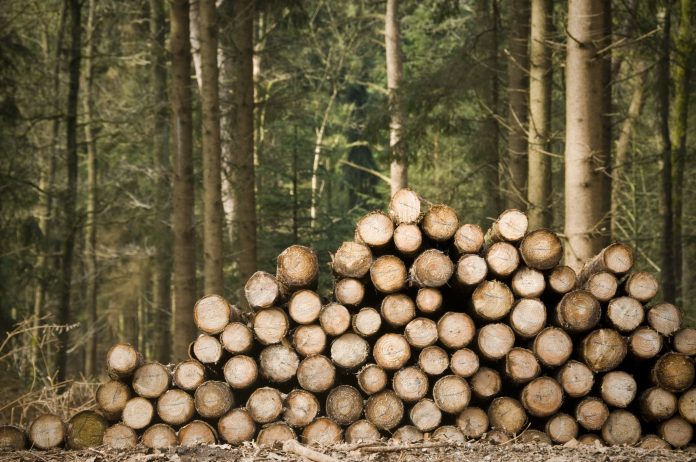Researchers have developed sustainable building materials by genetically modifying poplar trees to produce high-performance wood
The study from the University of Maryland, introduces a new era of engineered wood that promises to significantly reduce environmental impact while strengthening carbon sequestration efforts.
Traditional engineered wood, known for its potential to replace energy-intensive materials like steel and concrete, has historically relied on chemical treatments that pose environmental risks and generate substantial waste.
Tress with less lignin content
Researchers led by Professor Yiping Qi have successfully edited a key gene in poplar trees, known as 4CL1, resulting in trees that naturally grow with 12.8% less lignin content. Lignin, a component in wood, typically needs to be chemically stripped to enhance wood’s structural properties for industrial use.
“Carbon sequestration is critical in our fight against climate change, and such engineered wood may find many uses in the future bioeconomy.” remarked Professor Qi from UMD’s Department of Plant Science and Landscape Architecture.
The genetically modified poplars, grown alongside unmodified trees in controlled environments, showed no discernible differences in growth or structure over six months. This demonstrates the viability of genetically edited wood as a sustainable alternative to chemically treated counterparts.
Researchers, including materials science expert Professor Liangbing Hu, produced samples of compressed wood from both the modified and unmodified poplars. The genetically modified wood showed similar strength to chemically processed natural wood, surpassing untreated wood by over 1.5 times in density and strength. Its tensile strength rivaled that of aluminium alloy 6061, a testament to its potential as a construction material.
How does this process take place?
The process involves soaking the wood in water under a vacuum and hot-pressing it, reducing its thickness significantly while increasing fibre density. The lower lignin content in the genetically modified wood allows cells to compress more tightly, enhancing its structural integrity without the need for chemical intervention.
The implications are profound for industries lookng for sustainable solutions amidst global climate challenges. Engineered wood derived from genetically modified poplars not only reduces reliance on chemical treatments and energy-intensive processes but also offers a durable carbon storage solution.
As efforts heighten to mitigate carbon emissions, innovations like these promise to reshape the landscape of construction materials, offering a pathway to a greener, more sustainable future.
With further research and development, engineered wood could potentially change construction practices worldwide, offering a viable alternative that aligns economic growth with environmental stewardship.











